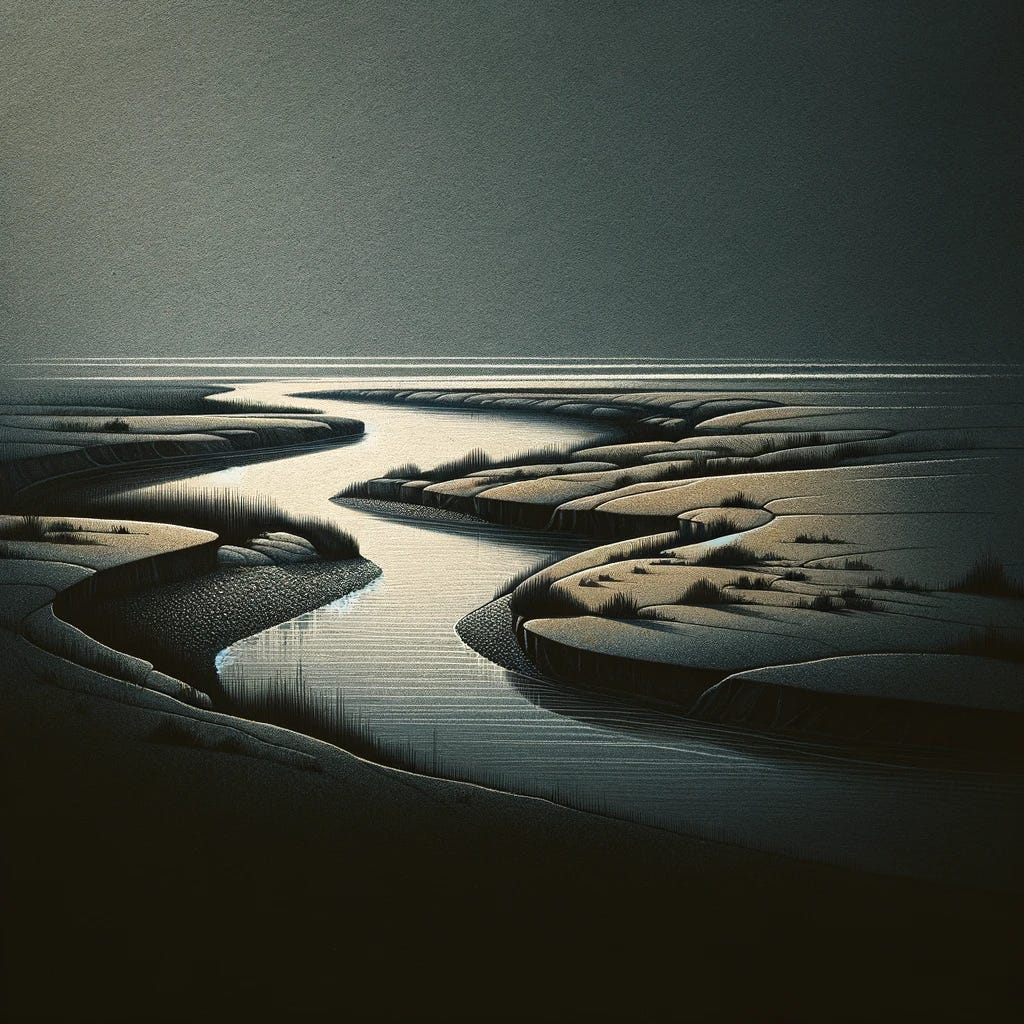Border Sands is set in 1983, in a small town along the borderlands of North-East Wales. The novel centres around its main protagonist, investigative reporter Mabon Pryce, referred to as Mab throughout. Mab reluctantly returns to his hometown to attend the funeral of murdered local beauty Mary Reece.
The murder has hit the small town hard, overshadowing the recent and much-needed industrial investments throughout the community. Mab becomes entangled in the events surrounding Mary’s death. He is reluctant at first. A local lad, Davey Evans, has already been charged, and on the surface, it appears to be an open and shut case.
Yet, Davey’s father begs Mab to help, and as an act of kindness more than belief, Mab agrees to make a phone call. He calls in a favour from his ex-boss and local newspaper chief editor, Herb Colburn.
Although he hasn’t heard from Mab for years, Herb agrees to help, inviting Mab to accompany a junior journalist to the North Wales Police headquarters for a police interview. Mab agrees, but once the interview has finished, to his surprise, he comes away with more questions than answers.
As Mab looks deeper into Mary’s death, he begins to weave through a maze of deception, where each clue brings him closer to what really happened and exposes the town’s, Mary’s and his own veiled history. The truth, he discovers, is a complex tapestry of loyalty, betrayal, and the complex family ties that bind us.
As well as being a compelling crime novel, one of Border Sands’s main themes is its exploration of geographical, social and moral borders and how we’re affected by them.
Growing up in the northeast corner of Wales, borders have played a significant part in my understanding of place. Most of northeast Wales lies on the border between England and Wales. Neither fish nor fowl, it’s an in-between place. Arguably, this could apply to most borderlands and cross-border territories—each a curious amalgam of social and cultural landscapes.



